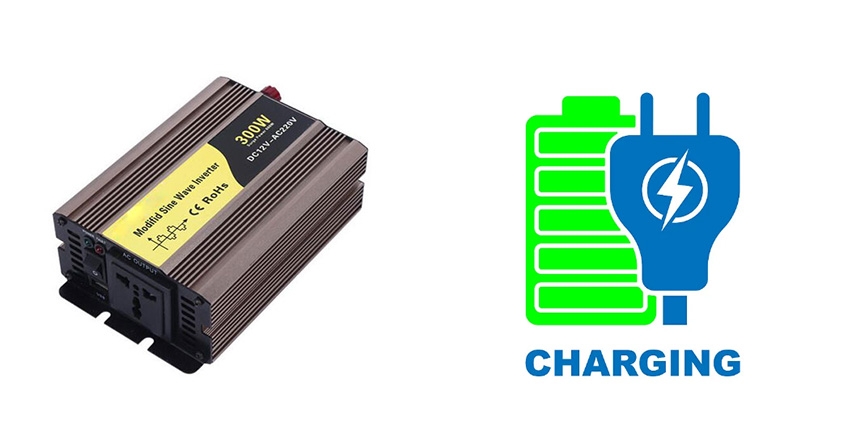If you are in a solar RV or live off the grid, you undoubtedly have an inverter in your system. It's the perfect match for solar panels because it converts DC power to AC power. Most inverters have a display which indicates the battery charging status. If there is no display, a light or sound will notify you when the battery is fully charged. Regardless of what equipment you're running, the inverter must have batteries, so how do you know if they're ready to use? In this article, we will show you how to do this in a different way.

- Check the Inverter Display. Many modern inverters have display screens that provide system information, this also includes battery status. Once you connect the battery to the inverter, you'll be able to see its state of charge as well as the percentage displayed. Some inverters have a built-in light or sound mechanism. However, in atypical systems, a specific light color indicates whether the battery is charging, charged or uncharged. There are also inverter battery low and overload indicators. Some inverters incorporate sound. When the battery is fully charged, a "beep" will notify you. There are also inverters that are a combination of light and sound.
- Check the Charge Controller. In a solar panel system, the charge controller manages the charge going to the battery. For example, when an inverter battery is charging, the voltage range is 14.4-14.6 volts. When charging is almost complete, the voltage drops to about 13.7 volts. When the battery reaches the float level, the charge controller should indicate that it is full. A quality charge controller will provide all the information you need about battery charging. The display will show whether the charge is absorbing, bulk or floating. If there is a problem with the battery, the controller will also display an error message. If you are using a solar system, you can check the battery charge status through the inverter or charge controller. Some solar panel systems have built-in battery status checkers. However, the settings can vary from system to system, so check the charge controller user guide.
- Use a Voltmeter. Another way to monitor the charging of power inverter batteries is through a voltmeter. A voltmeter is suitable for measuring the electrical potential between two points in an electronic circuit. To use a voltmeter, it must be connected to the red and black terminals of the battery. Do this only if the battery has not been used for at least two hours. Be careful not to test recently used batteries as the voltmeter will give inaccurate readings. Once the voltmeter is connected to the battery, check its display. For example, if the battery is fully charged, the voltage should be 11-13 V. If the voltmeter shows 13 volts, the battery is fully charged. If it reads 11 volts or less, the battery is drained.
Why is the Inverter Battery not Charging?
The inverter battery might not be charging due to several potential reasons. First, check if the battery connections are secure and free from corrosion, as poor connections can impede charging. Ensure that the charging cable or wire is intact and undamaged. If it's a new installation, verify that the battery has been properly connected to the inverter. If the connections are fine, examine the battery's age and condition. Over time, batteries deteriorate and might not hold a charge effectively. If the battery is old or damaged, it may need replacement.
The charging process could also be hindered by a faulty inverter or charging circuitry. Inspect the inverter's settings and controls to make sure it's configured for charging mode. Additionally, a blown fuse or circuit breaker in the charging circuit could be responsible for the issue. Power supply disruptions can affect charging. Check if the power source to which the inverter is connected is functioning correctly. A tripped circuit breaker or a power outage might interrupt the charging process. Lastly, environmental factors can influence charging efficiency. Extremely high or low temperatures can impact battery performance. Make sure the battery is stored in an appropriate temperature range.
